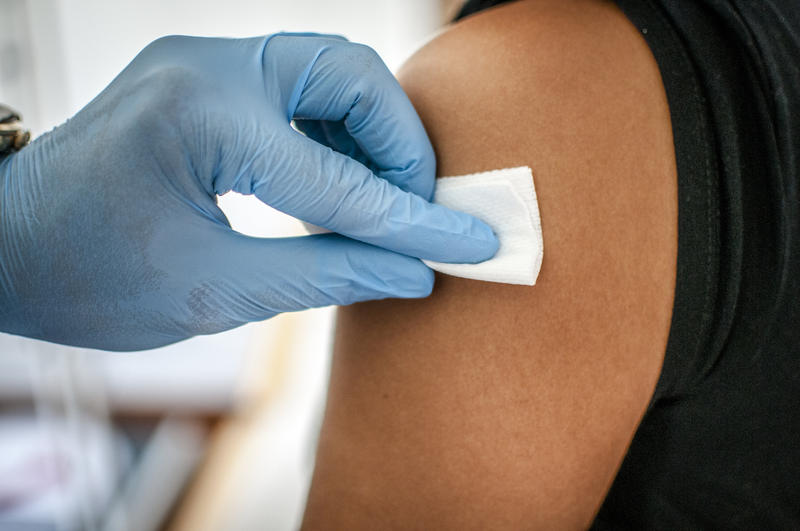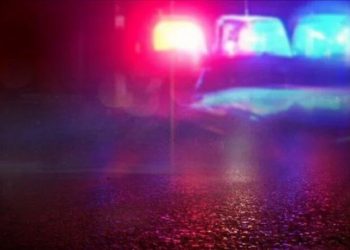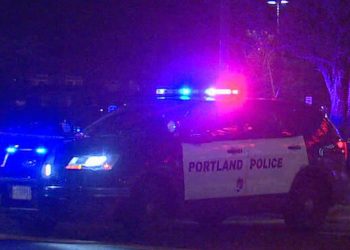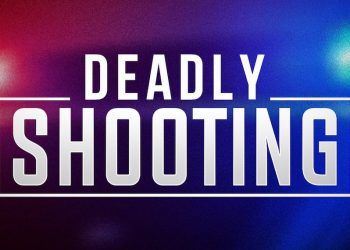Montana – Jess Sheldahl: For YPR News, I’m Jess Sheldahl. Details about who will next receive the covid-19 vaccine in Montana and when are emerging, nearly 17,000 health care personnel in the state have received the first dose of the vaccine so far. Here to share what we know and still don’t know about the rollout are Montana Public Radio’s Aaron Bolton and Yellowstone Public Radio News’ is Nicky Ouellet Nicky Ouellet.
Aaron: The Montana State Health Department released new info Wednesday about how COVID-19 vaccines will be rolled out in the state, even though vaccines have been going out for nearly three weeks at this point. What new information was released yesterday?
Nicky: The state released a proposed COVID-19 vaccine allocation plan that outlines time frames and target populations based on the current estimates for when the vaccine will become available. Becky Wehner is the State Health Department’s Communicable Disease Control Bureau Chief, and she says the broad-brush strokes have been in place. But the state was waiting on specific details from the feds before releasing this plan.
“What came out today was a more defined, based approach to vaccination coordination,” Wehner explained. “These were built around the Advisory Committee on Immunization Practices’ recommendations, and prior to last week, we only had recommendations from the ACIP for phase 1A.”
Nicky: Greg Holzman is the state medical officer and he said the state had to tweak some of those federal recommendations to make them better suited to Montanan’s specific needs.
“We take those guidelines, we looked at them and adapted to anything that we thought was necessary for Montana,” Holzman said. “And then we gave those guidelines out to our local public health. In the local area, they will use these as guidelines also in order to make sure that the most appropriate person is getting vaccinated.”
Nicky: Gov. Steve Bullock’s office announced the updated vaccination allocation plan Wednesday, but county health departments received it last week and sent it out to their list of local health providers in their particular communities.
And we should say there’s still quite a lot up in the air, particularly about how many vaccines Montana will be receiving week to week. We’ve already seen a 20 percent drop in the number of vaccines we’re expecting through the end of the year. So there’s just still a lot of information that’s still kind of being worked out.
Aaron: We already knew who was in phase 1A. Can you remind us who is in that phase?
Nicky: Right, we saw the Phizer vaccine arrive at the state’s largest hospitals for frontline health care workers. A week later, we saw the Moderna vaccine arrive for critical access hospitals, community health centers and Indian Health Service and tribal health facilities. This week, we’re starting to see pharmacies administer the vaccine at long-term-care facilities. And county health departments are also receiving the vaccine for health care workers who come in direct contact with patients or might be exposed to the virus. So, for instance, dentists.
Aaron: So, the state expects we’ll get through the 60,000 people in phase one by Jan. 15. That’s only a couple of weeks away. Who’s up next?
Nicky: Phase 1B includes people aged 75 years and older and front-line essential workers like first responders, people who work in education and child care, critical infrastructure, federal employees, manufacturing, corrections workers, U.S. Postal Service workers, people who work in public transit, grocery stores and other critical utility work.
Montana has also included American Indians and other people of color who may be at elevated risk for COVID-19 complications and people living in congregate care and correctional facilities into Phase 1B. That’s sooner than federal recommendations would have those groups vaccinated. The state is putting additional emphasis, particularly on indigenous people and people in correctional facilities, just based on how we’ve seen the virus move through Montana.
Aaron: So, the state says there are about 90,000 people in phase 1B, and that’s expected to end in mid-March. I expect there are more phases to the phases. I mean, does phase one end at 1B?
Nicky: It does not. There’s phase 1C. Phase 1C is kind of going down to people 65 years and older and then anyone over the age of 16 with a high-risk medical condition. Phase 1C also includes essential workers, like people in transportation and logistics, food service, housing and construction, energy, legal. Media is in phase 1C, public safety, essential government personnel. And you know, phase 1C is kind of the broader group. There’s 171,000 Montanans outlined in that group, and it’s expected that those folks will be receiving the vaccine between March 15 and July 15
Aaron: And phase 2, is that is that just open to everyone then?
Nicky: Yeah, phase 2 is when it goes out to the general public, aged 16 and older, and that’s not expected to begin until mid-July.
Aaron: I know that state health officials have said they’re basically playing traffic control here, making sure doses are getting to the right places, from the distributor to the provider actually putting it in people’s arms. But who is coordinating local efforts, basically ticking off the boxes as they’re moving through these phases and the populations within them? Like, who’s doing this at the county level?
Nicky: County health departments will be coordinating the response and that that might look different from county to county. Some are already involved in vaccinating health care workers, and the state expects counties will play an even beefier role once we step into phase 1b. Hillary Hansen is with the Montana Public Health Institute, and she says county health departments are really well prepped to do this.
“They practice what it would look like to do mass distribution of vaccination or immunizations. So, this is something they’re ready to not only administer themselves, but I think in addition to that, public health is a collaborator in the community and has many partnerships,” Hanson said. “And so is it a good place to help facilitate and pull together all those partners and determine the best ways in the community to administer the vaccination?”
Aaron: Are all the hospitals, clinics, health departments, are they going to be working through these phases at the same pace? Like if I’m out in Plentywood, Montana in the northeastern part of the state versus Flathead County here in western Montana, are the phases going to be happening at the same time?
Nicky: Becky Wehner with the state health department is expecting some variation. She called administering this vaccine a logistical puzzle.
“Yes, I mean, that’s entirely possible, and it’s something that we’re trying to avoid,” Wehner explained. “But given the minimum dose order size of some of these vaccines, that could happen. I think the more important thing about this is, is that when we distribute vaccine to some of these areas, we certainly want it to be used. For purposes of getting people covered with vaccine, we would never want a facility to hold vaccines just because they have run through their phase 1A people.”
Nicky: Montana is currently receiving two types of vaccine. One is the Phizer. It comes in a box with about 975 doses in it that need to be kept at cold storage. The Moderna vaccine comes in a box with about 100 doses and doesn’t need quite as cold storage. So, the state is, you know, again, playing traffic control, sending Phizer to facilities that have these cold storage containers and have enough people to use up all of the vaccine that they’re allocated. So, for example, if Billings gets 2,000 doses, that might barely cover the frontline health care workers in that area. Meanwhile, Glasgow might get 200 doses and that would cover the entire hospital staff and then some. So Wehner says, yes, some areas are going to move through their allocations faster than others, and the point is just to get the vaccine into arms.
Aaron: Is there a chance that different counties could prioritize different groups within these phases? Could one person get it before in one county versus if they were in a different county?
Nicky: I asked Jim Murphy with the state health department about that, and he says they are expecting a bit of difference from jurisdiction to jurisdiction. He said everyone is working under the same framework, but then it does need to fit with the particular community. And he says the state is giving discretion to those local jurisdictions, allowing them to make sure that every single dose is used as it becomes available.
“We trust them to stick to those guidelines as closely as they can. And when they deviate, we trust that they’ll be good reasons to deviate. Again, we don’t want any vaccine to go to waste,” Murphy said.
Aaron: OK, well thanks for your reporting, Nicky.
Nicky: You too, Aaron. Thanks.













